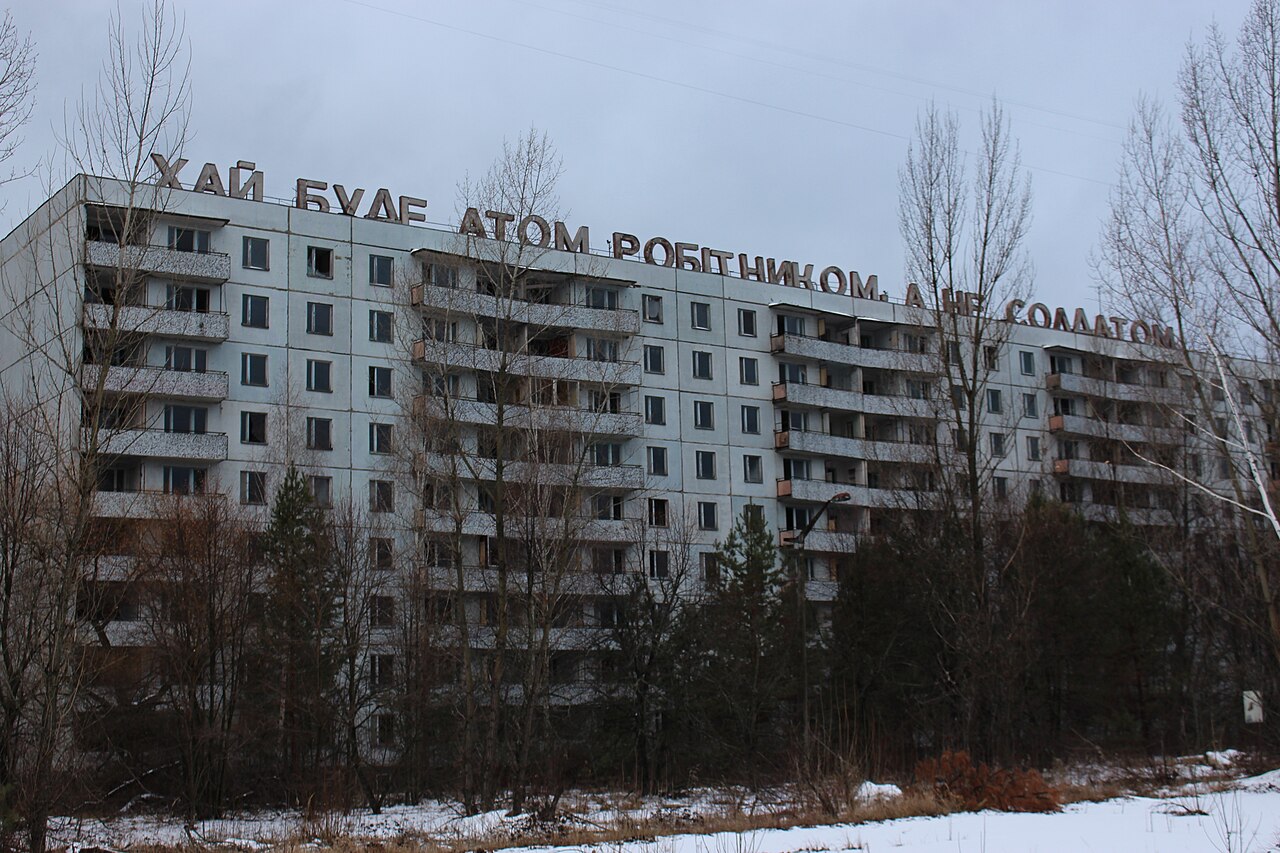Why it is possible to live in Hiroshima and Nagasaki, but not in Chornobyl: explanation of scientists
14 August 12:07
Scientists have explained the fundamental difference between nuclear explosions and an accident at a nuclear power plant, which determines the possibility of people living in contaminated areas. This is stated in an article by IFLScience, "Komersant Ukrainian" reports.
The three most catastrophic nuclear events of the 20th century occurred in three cities – two in Japan and one in Ukraine. Everyone knows what exactly happened in each of these cases, but it is less clear why people were able to return to life in Hiroshima and Nagasaki, but not in Chornobyl.
History of disasters
In early August 1945, at the end of World War II, the United States detonated two nuclear bombs over the Japanese cities of Hiroshima and Nagasaki three days apart. In total, the air raid caused between 129,000 and 226,000 deaths, most of them civilians.
In the years that followed, many survivors reported cases of leukemia, as well as other cancers and horrific illnesses. Pregnant women exposed to the explosions subsequently experienced significantly higher rates of miscarriage and infant mortality.
The Chornobyl disaster occurred on the night of April 26, 1986, when a malfunctioning reactor exploded, releasing dangerous radionuclides into the atmosphere. The force of the explosion scattered contaminated substances throughout Ukraine and other parts of the Soviet Union and Europe.
Читайте нас у Telegram: головні новини коротко
Key differences
The publication notes that the main difference between these cases lies in the nature of the disasters themselves – or rather, in how a nuclear explosion can differ from a nuclear reactor explosion.
According to the publication, the bombs dropped on Hiroshima and Nagasaki were detonated far above ground level. This maximized the power of the explosions, causing greater immediate damage, but also reduced radiation levels. In contrast, the Chernobyl explosion, which was much smaller and occurred at ground level, released more than 400 times more radioactive material into the atmosphere.
The amount of nuclear fuel
The author also notes the amount of fissile material used in each location. Most nuclear weapons and nuclear reactors run on enriched uranium, which contains high concentrations of the uranium-235 isotope.
In nuclear weapons, the goal is to maximize the amount of energy released by consuming as much uranium as possible as quickly as possible. The “Little Boy” bomb dropped on Hiroshima contained 64 kilograms of uranium, and its purity was only about 80 percent.
In contrast, as the publication notes, a nuclear reactor uses control rods to absorb additional neutrons so that the fission chain reaction can be maintained at a lower intensity and for much longer. Chornobyl contained about 180 tons of fuel.
Radioactive waste
The article says that nuclear reactors also generate high levels of nuclear byproducts that are extremely radioactive. The most harmful are cesium, iodine, and graphite.
In the case of Chernobyl, the explosion released this material into the atmosphere and the environment. These byproducts have a long half-life, which means they remain harmful to humans for much longer.
It is these factors, as noted in the publication, that make Chernobyl an uninhabitable place today.
Читайте нас у Telegram: головні новини коротко









